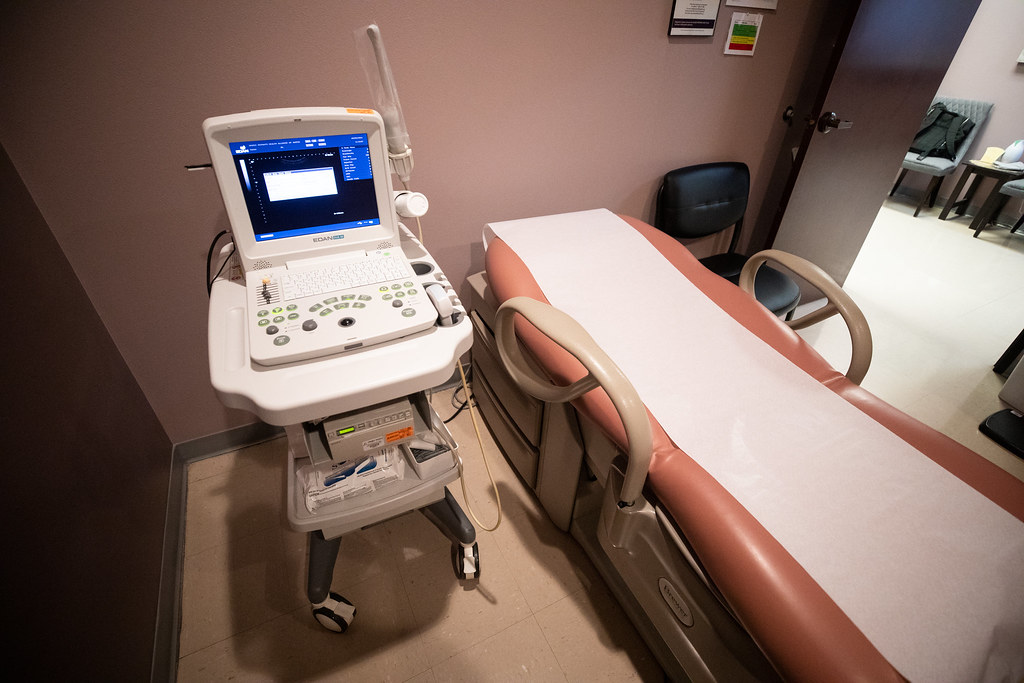It’s been a little over six months since Texas new abortion law, known as Senate Bill 8, went into effect. The law states that the procedure is banned after fetal cardiac activity can be detected. Since then, the number of in-office abortions in Texas have dropped dramatically.
Opponents of abortion say that the decrease shows the law is having its intended effect. But new data suggests that making sense of the law’s effect isn’t simple. Texans are still getting abortions, but just going greater lengths to get them.
Claire Cain Miller, who reports on gender and families for The New York Times, has been following the impact of Texas’ abortion law.
Listen to the interview with Cain Miller in the audio player above or read the highlights below.
– New data indicates that the number of Texans who’ve had abortions since Senate Bill 8 went into effect dropped by just around 10%.
– The number of Texans who traveled to seven neighboring states for abortions increased twelvefold in the period since SB 8 passed.
– Requests for abortion pills in Texas through AidAccess increased threefold during this period. AidAccess uses doctors and pharmacies abroad to provide abortion access to women in the United States. It is illegal for doctors unlicensed in the United States to prescribe medicine to patients, but the law is not well enforced.
– Access to abortions for women living with lower incomes has decreased the most, Cain Miller says.













